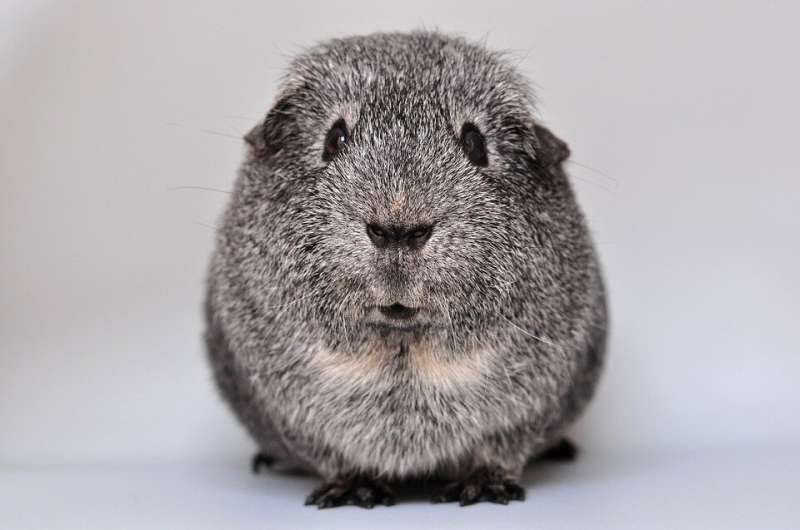New insights into the formation of faeces

New research from Flinders University has uncovered further details on how the guinea pig gut forms solid fecal pellets, providing potential insights that could help in the management of human bowel issues.
How exactly the gut forms and shapes fecal content is largely unknown, despite the fact that the way in which humans and animals poo is directly linked with gastrointestinal disorders and other health issues.
Now, new research led by Flinders University's Professor Marcello Costa and published in the prestigious Journal of Physiology has demonstrated a major breakthrough in our understanding of how the guinea pig gut forms solid fecal pellets.
"We were able to demonstrate for the first time that the guinea pig colon is not only able to control the propulsion of both solid and fluid contents, but that the neural circuits contained in it are also capable of separating the homogeneous fecal contents of the proximal colon into separate pellets once the matter reaches the distal colon before it is expelled," says Professor Costa, a Professor of Neurophysiology.
Co-author Professor Nick Spencer from Flinders University's College of Medicine and Public Health says this mini brain, also known as the "first brain," is able to generate complex motor behaviors that actually shape the semi-solid feces in the proximal colon, turning them into solid content of appropriate size in the mid-distal colon.
"It shows the remarkable capability of the enteric nervous system to perform complex motor behaviors even when disconnected from the central nervous system," says Professor Spencer.
The study was the result of combining several complex techniques in which the mechanical and electrical activity of the intestine was recorded simultaneously, techniques developed by Professor Costa's team at Flinders University.
"This recent research points to the likely similarity between all mammalian species, including humans, whereby these neural circuits are involved in shaping fecal material," says Professor Costa.
Understanding how the guts of animals and humans work is integral to the long-term understanding and management of functional complications that can arise in humans, such as diarrhea or fecal urgency, which often occur after colorectal surgeries involving the sigmoid-rectal junction; where the large intestine meets the rectum.
These findings represent the culmination of a lifetime work for Professor Costa, who began his research on the humble guinea pig colon in the 1970s and is one of the pioneers in studies of the enteric nervous system, which generated the new field of Neurogastroenterology.
An accompanying perspectives article titled "From watery and fluffy to soft and formed: What shapes our stool?" has been published alongside the research.
"Novel intrinsic neurogenic and myogenic mechanisms underlying the formation of fecal pellets along the large intestine of guinea-pigs" has been published in the Journal of Physiology.
More information: Marcello Costa et al, Novel intrinsic neurogenic and myogenic mechanisms underlying the formation of faecal pellets along the large intestine of guinea‐pigs, Journal of Physiology (2021). DOI: 10.1113/JP282069
Anita Annahazi et al, From watery and fluffy to soft and formed: What shapes our stool?, The Journal of Physiology (2021). DOI: 10.1113/JP282280
Journal information: Journal of Physiology
Provided by Flinders University




















